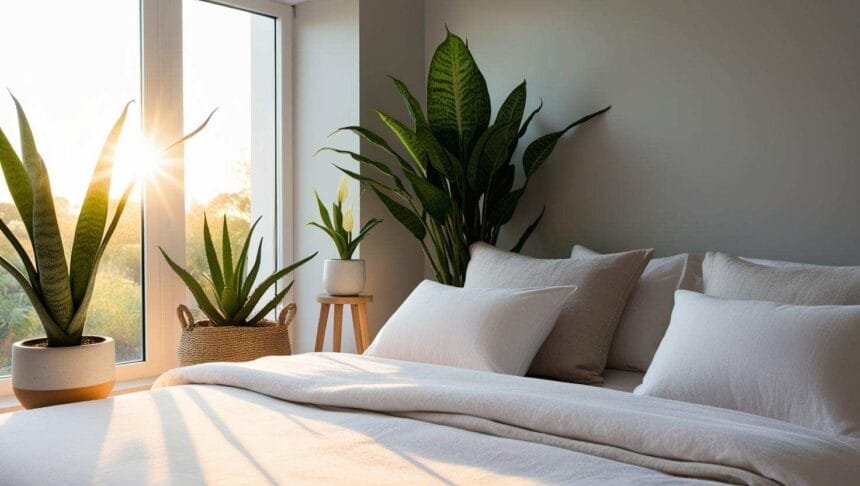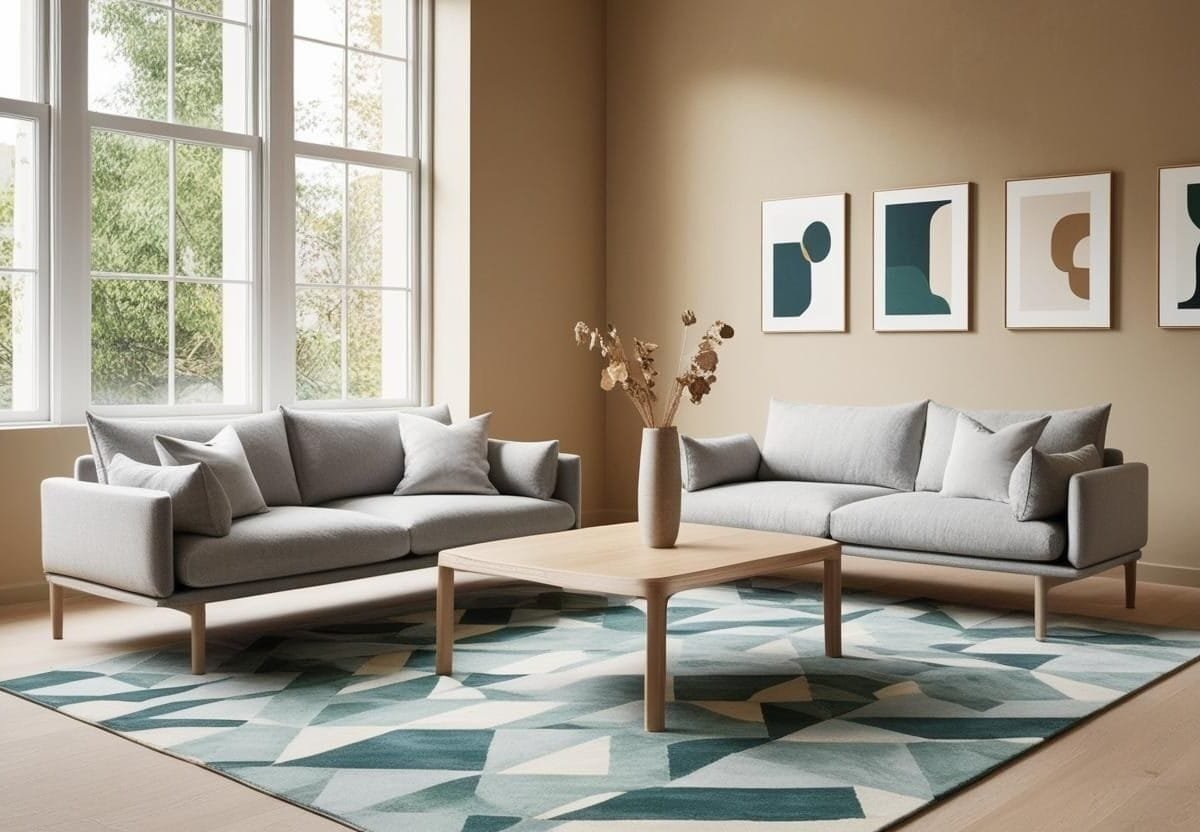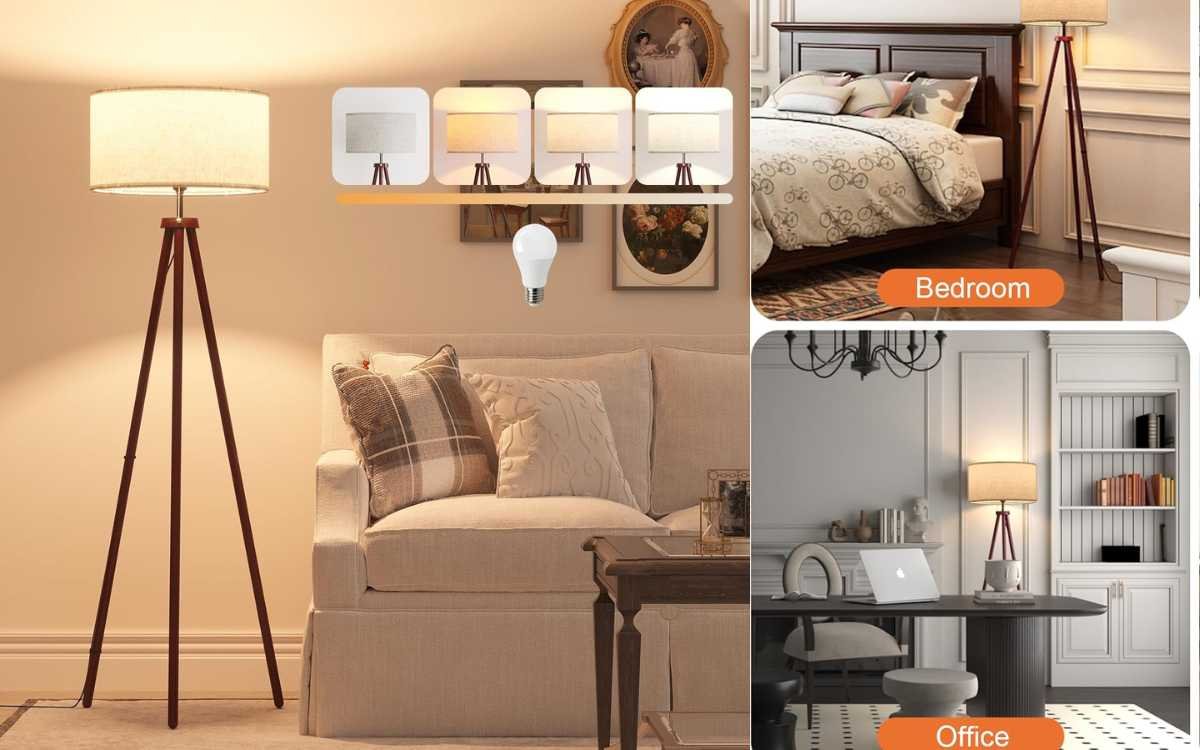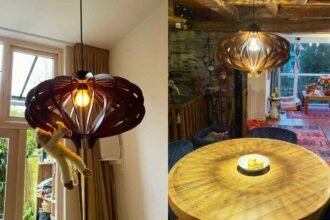Growing plants in your bedroom not only makes it look better, but they are also good for your health in many ways.
Plants inside can make your life much better in many ways, from cleaning the air to lowering your stress levels.
In this detailed guide, we’ll talk about the benefits of having plants in your bedroom, including the science behind those benefits, as well as some of the best plant types for indoor settings.
The Science-Backed Benefits of Bedroom Plants
1. Air Purification
More and more people are worried about the quality of the air inside their homes because of pollution like formaldehyde, benzene, and xylene that are found in furniture, paint, and cleaning products.
Some plants have the amazing ability to take in these dangerous toxins through their leaves, which cleans the air.
NASA’s Clean Air Study found a number of plants that are great at getting rid of indoor pollutants, which makes them great sleeping plants.
2. Stress Reduction and Mental Well-being
Getting to know indoor plants has been shown to lower stress and make you feel more relaxed.
According to a study in the Journal of Physiological Anthropology, people who did indoor gardening had lower blood pressure and heart rates, which means they were less stressed.
Plants can make a space feel calm and peaceful, which is good for your mental health and rest.
3. Enhanced Sleep Quality
Some plants, like the Sansevieria trifasciata snake plant, give off oxygen at night, which might make the air better while you sleep. Even if the effect is small, breathing cleaner air can help you sleep better.
The calming effect of plants can also help make a relaxing space, which can make it easier to relax and fall asleep.
4. Humidity Regulation
Plants release water into the air through a process called evaporation. This can help keep the humidity level in your bedroom at a healthy level.
The right amount of humidity not only makes the space more comfy, but it also makes it less likely that you will have breathing problems or skin problems.
Some plants, like the peace lily (Spathiphyllum), are very good at making rooms more wet.
Top Plants for Your Bedroom
It’s important to choose the right plants to get the most out of them and make sure they do well in your bedroom. Here are some of the best suggestions:
1. Snake Plant (Sansevieria trifasciata)
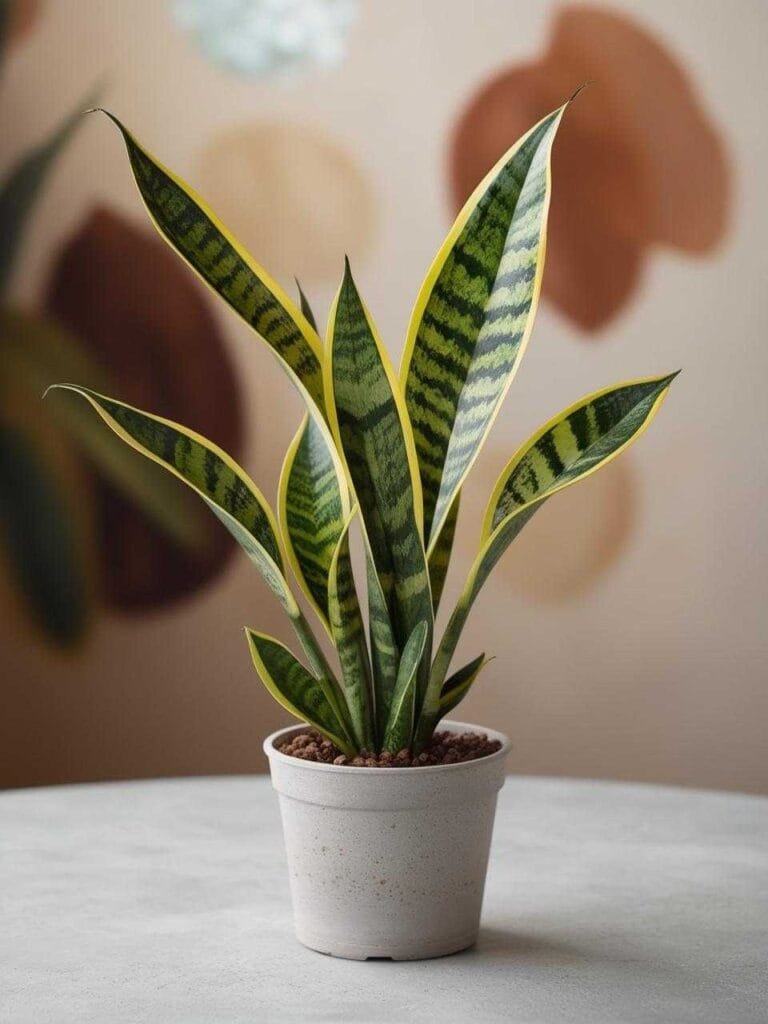
The snake plant is great for newbies because it is known for being hardy. In low light situations, it does well and doesn’t need much care.
The snake plant is strong and can also clean the air of harmful chemicals like formaldehyde and benzene.
Its special ability to do photosynthesis at night makes it a great addition to a bedroom to make the air better.
2. Spider Plant (Chlorophytum comosum)
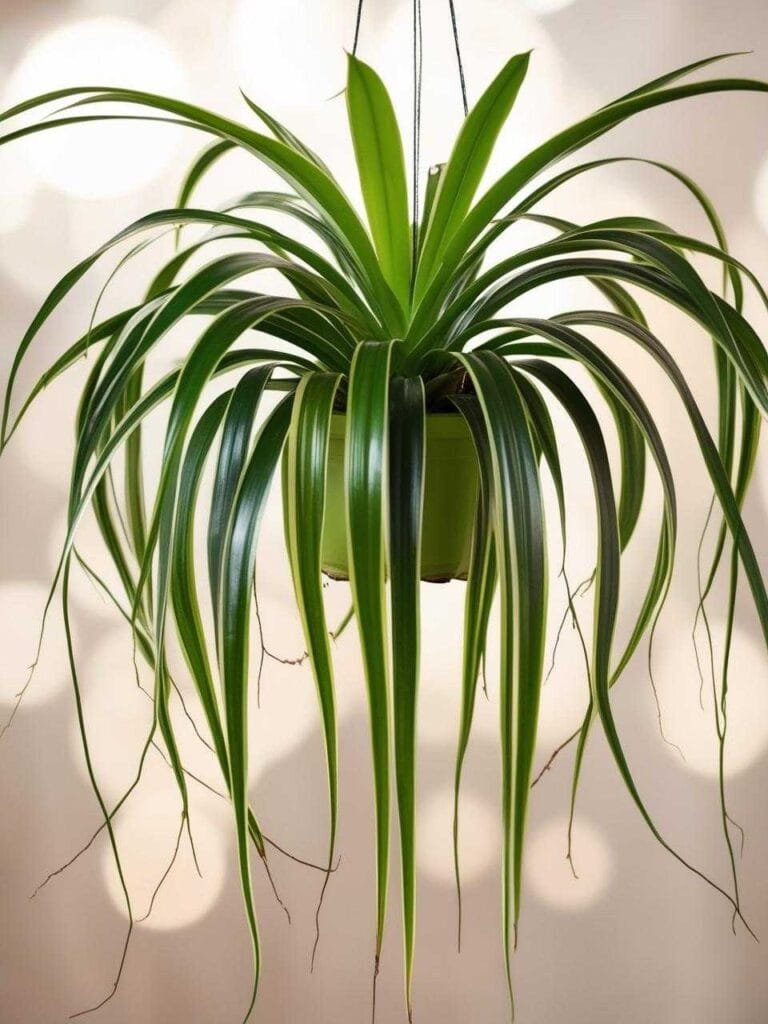
People love the spider plant because it cleans the air, especially by getting rid of formaldehyde and xylene.
The arched, variegated leaves give any room a bit of elegance. This plant is safe for homes with kids and pets because it is not poisonous.
It does best with indirect light and a modest amount of water.
3. Peace Lily (Spathiphyllum)
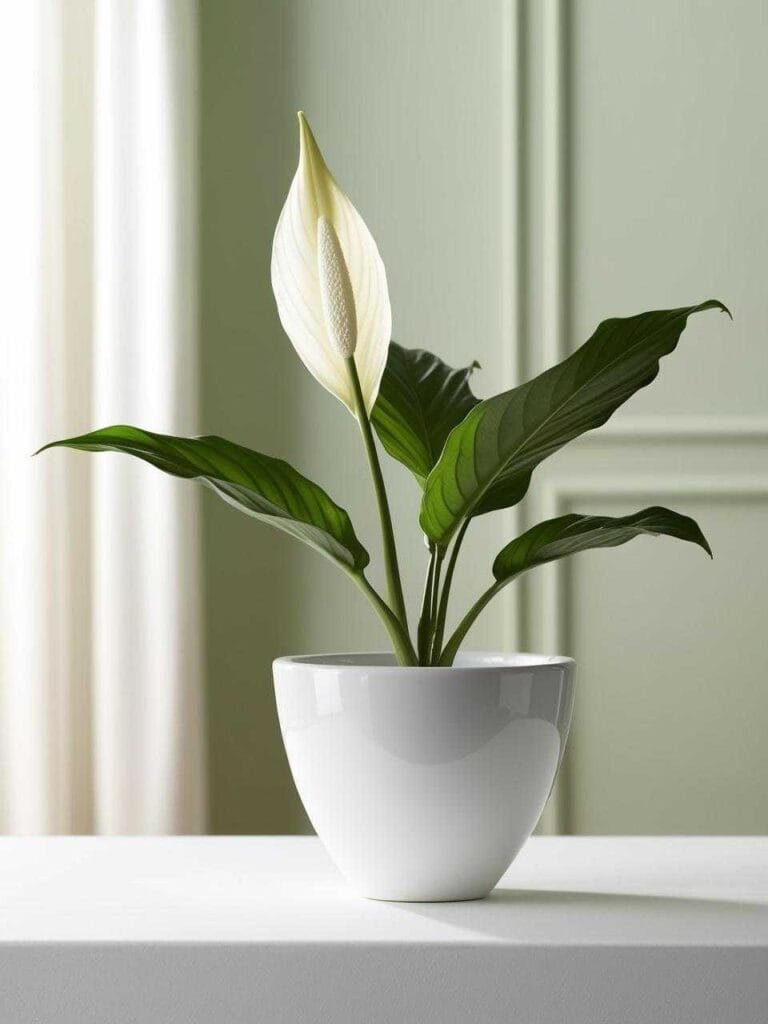
In addition to its beautiful white flowers, the peace lily is great at cleaning out ammonia, benzene, and formaldehyde from indoor air.
Additionally, it helps raise the humidity levels, which is helpful in dry places. The peace lily likes dirt that stays moist and doesn’t get too much light.
It’s important to remember, though, that this plant is poisonous if eaten, so keep it out of reach of kids and pets.
4. English Ivy (Hedera helix)
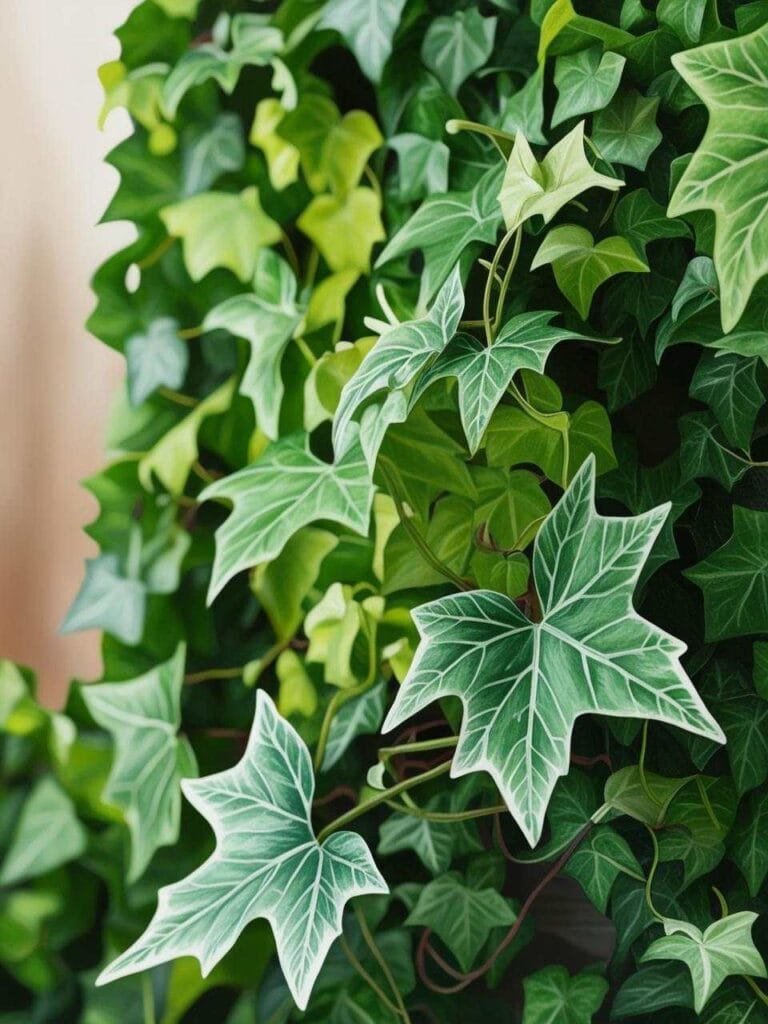
English ivy is a multipurpose plant that is known for cleaning the air, especially by getting rid of mold spores and feces.
Its trailing branches can make your bedroom look lush and green. English ivy does best in mild light and needs to be watered often.
Like the peace flower, it is poisonous if eaten, so be careful if you have pets or little kids in your home.
5. Aloe Vera (Aloe barbadensis miller)
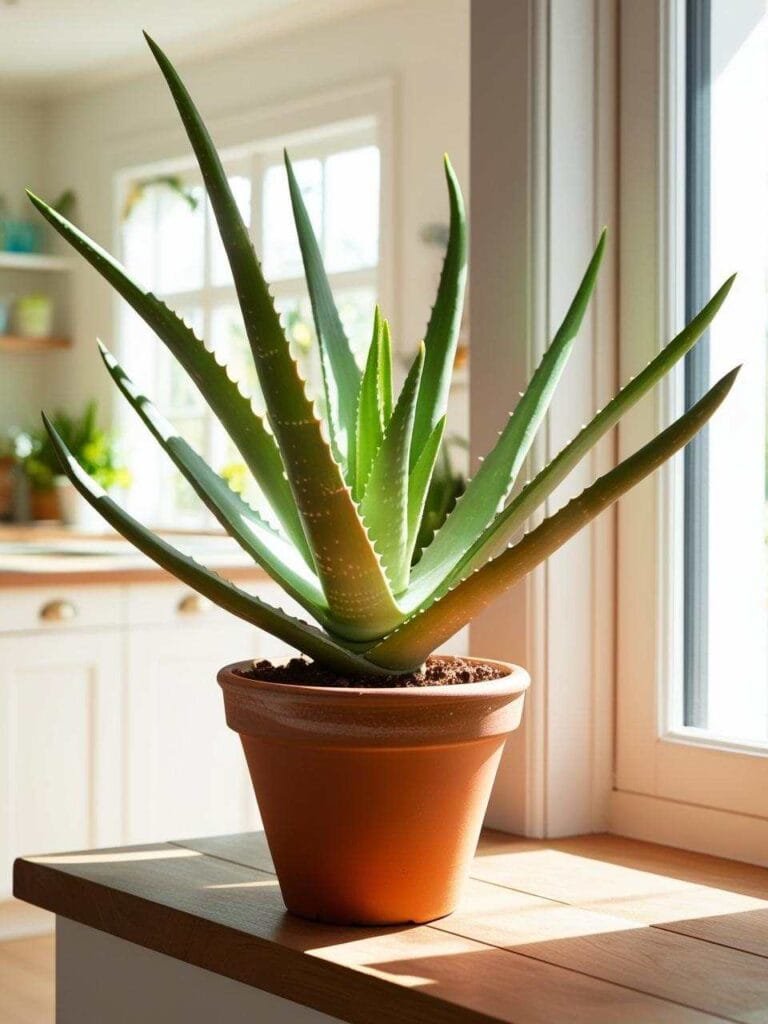
Aloe vera is a plant that doesn’t need much care and can also be used for medical purposes. You can treat small cuts and burns with its gel.
It grows best in bright, indirect light and helps clean the air of formaldehyde. It doesn’t need to be watered very often, so it’s great for people who don’t like taking care of plants.
How to Incorporate Plants into Your Bedroom Decor
There are some things you should think about before putting plants in your bedroom to make sure they look good and do well there. Here are some ideas:
Assess Light Availability: Find out how much natural light there is in your bedroom and pick plants that can thrive there. Snake plants and peace flowers can grow in low light, but aloe vera likes it when it’s brighter.
Consider Space Constraints: If you don’t have much room on the floor, hang pots or put shelves on the wall to show off trailing plants like English ivy or spider plants.
Pot Selection: Pick pots that match the style of your bedroom. Make sure they have good drainage so they don’t get too wet, which can hurt the plants.
Maintenance Routine: Make sure your plant care practice fits with what they need. To keep your plants healthy, check the soil’s moisture level often, make sure they have enough light, and cut them as needed.
Let’s Address Common Concerns
Do Plants Compete for Oxygen at Night?
A common misunderstanding is that plants can lower the amount of air in the bedroom at night. Most plants do breathing at night, which means they take in oxygen and give off carbon dioxide.
However, the amount they do this is very small and does not harm people. There are many more good things about having plants in your bedroom than this small effect.
Allergies and Indoor Plants
It’s important for people with allergies to pick plants that don’t make too much pollen or have a strong smell.
Plants that are safe, like the snake plant and the spider plant, can be good choices for people who are allergic to certain things.
Dusting the leaves often can also help lower the risk of allergic responses. Mold growth can also be stopped by using soil mix that drains well and not giving plants too much water. Mold growth can cause allergies.
Pets and Toxicity
If you have dogs, be aware of plants that could hurt them. Cats and dogs can get sick if they eat some plants, like peace flowers and English ivy.
Instead, choose plants that are safe for pets, like the spider plant, the Boston fern (Nephrolepis exaltata), or the areca palm (Dypsis lutescens).
These plants will give you the same benefits without hurting your pets.

